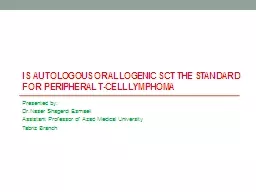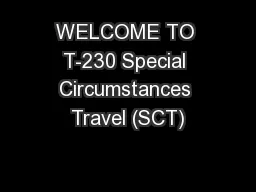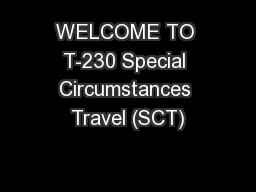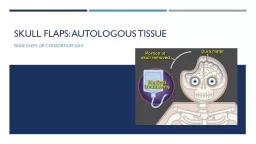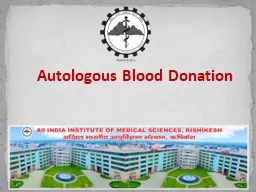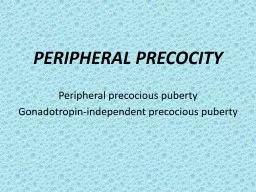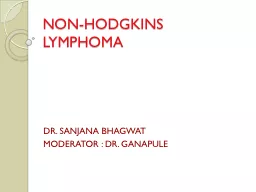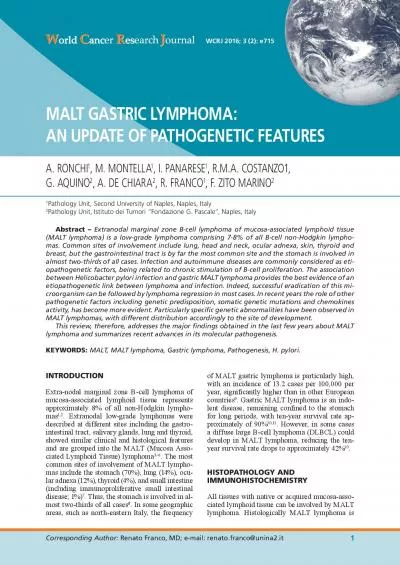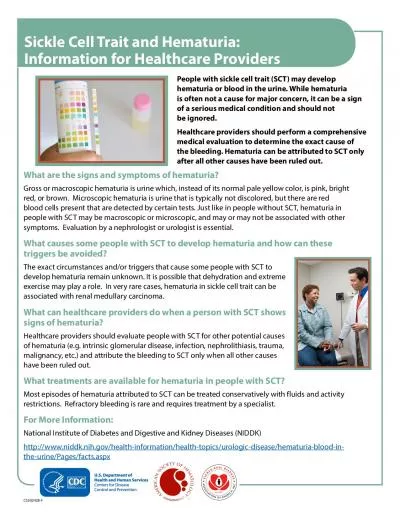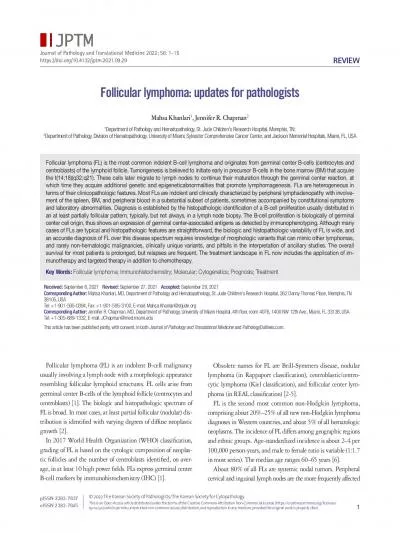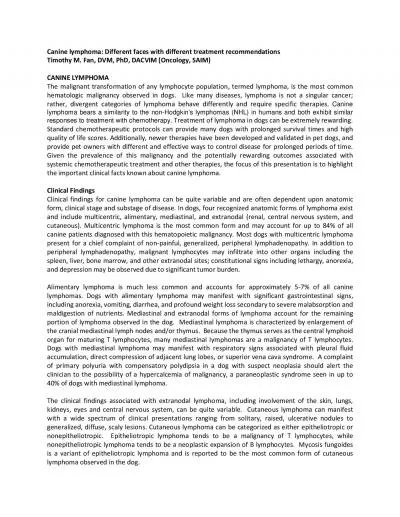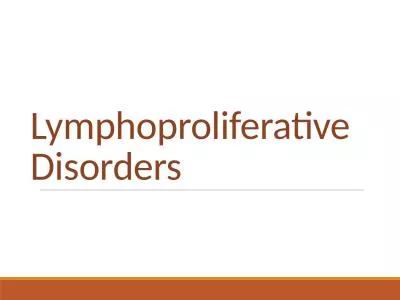PPT-Is autologous or allogenic SCT the standard for peripheral T-cell lymphoma
Author : fluental | Published Date : 2020-06-16
Presented by DrNaser Shagerdi Esmaeli Assistant Professor of Azad Medical University Tabriz Branch Peripheral T Cell Lymphomas PTCLs Incidence rate of peripheral
Presentation Embed Code
Download Presentation
Download Presentation The PPT/PDF document "Is autologous or allogenic SCT the stand..." is the property of its rightful owner. Permission is granted to download and print the materials on this website for personal, non-commercial use only, and to display it on your personal computer provided you do not modify the materials and that you retain all copyright notices contained in the materials. By downloading content from our website, you accept the terms of this agreement.
Is autologous or allogenic SCT the standard for peripheral T-cell lymphoma: Transcript
Download Rules Of Document
"Is autologous or allogenic SCT the standard for peripheral T-cell lymphoma"The content belongs to its owner. You may download and print it for personal use, without modification, and keep all copyright notices. By downloading, you agree to these terms.
Related Documents

